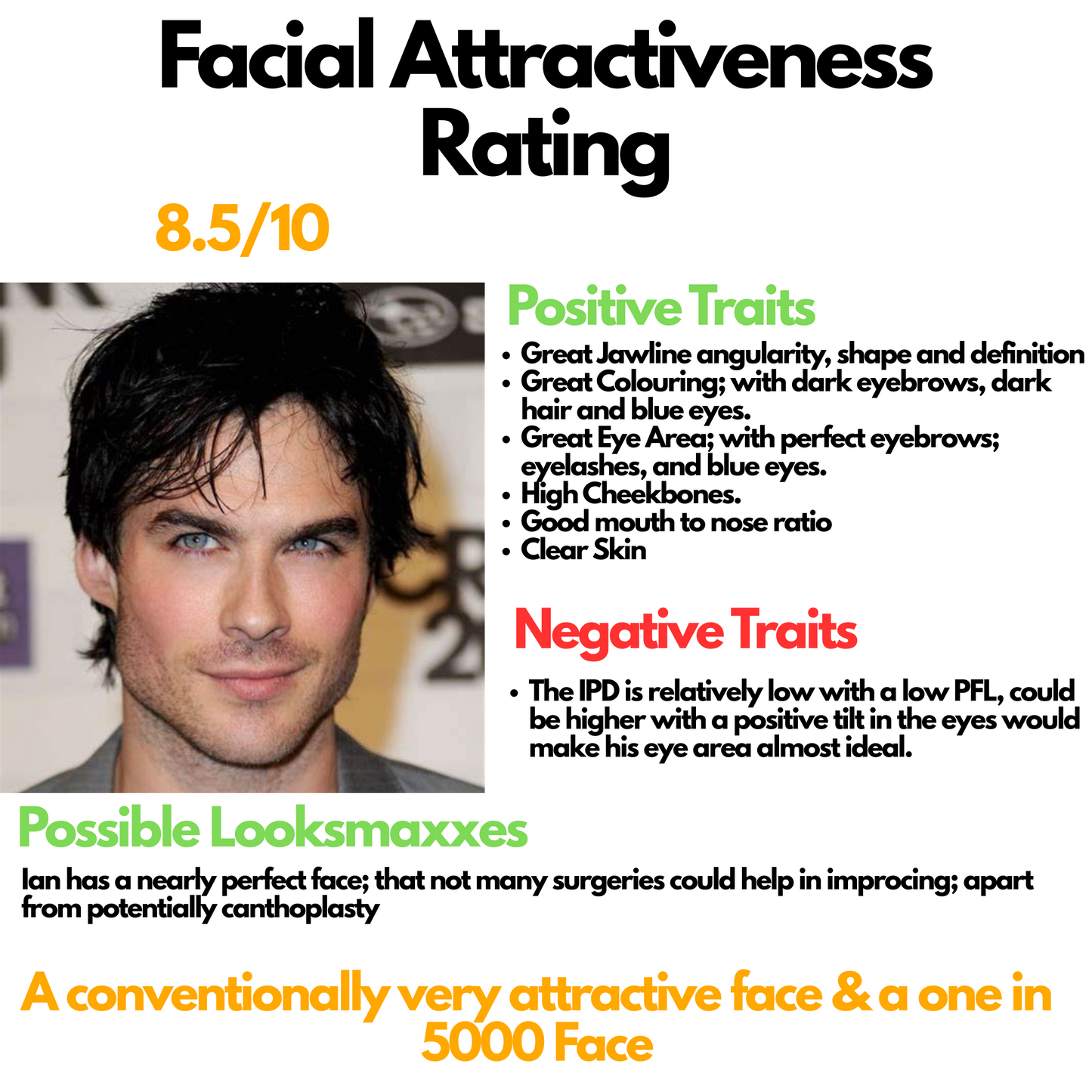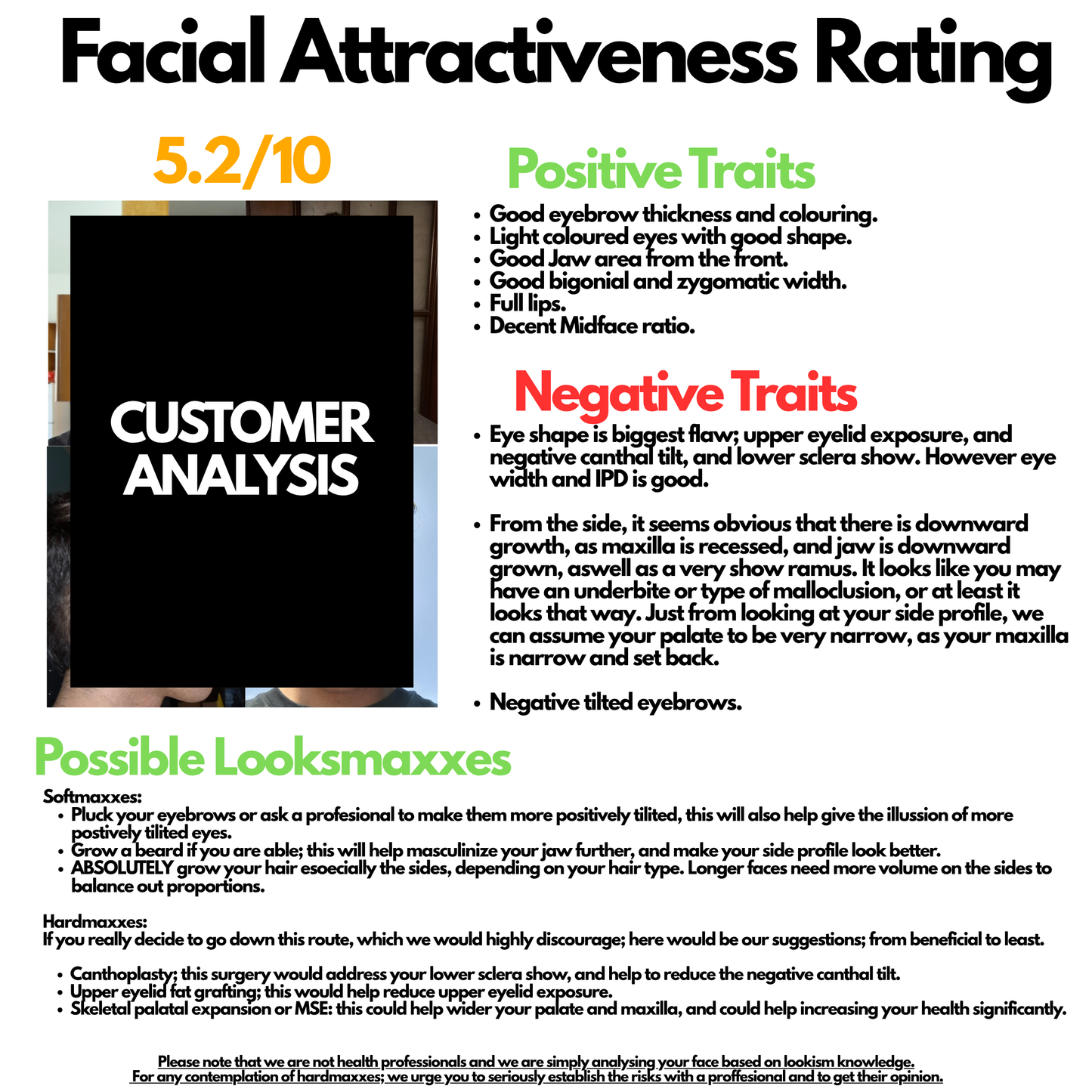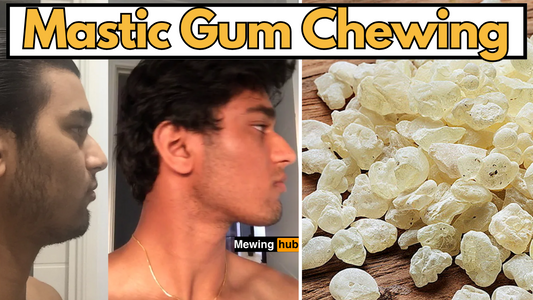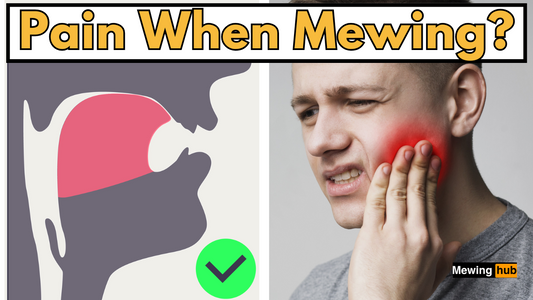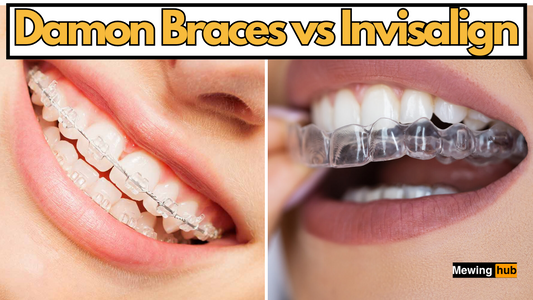10 Reasons Why You Aren't seeing Mewing Results
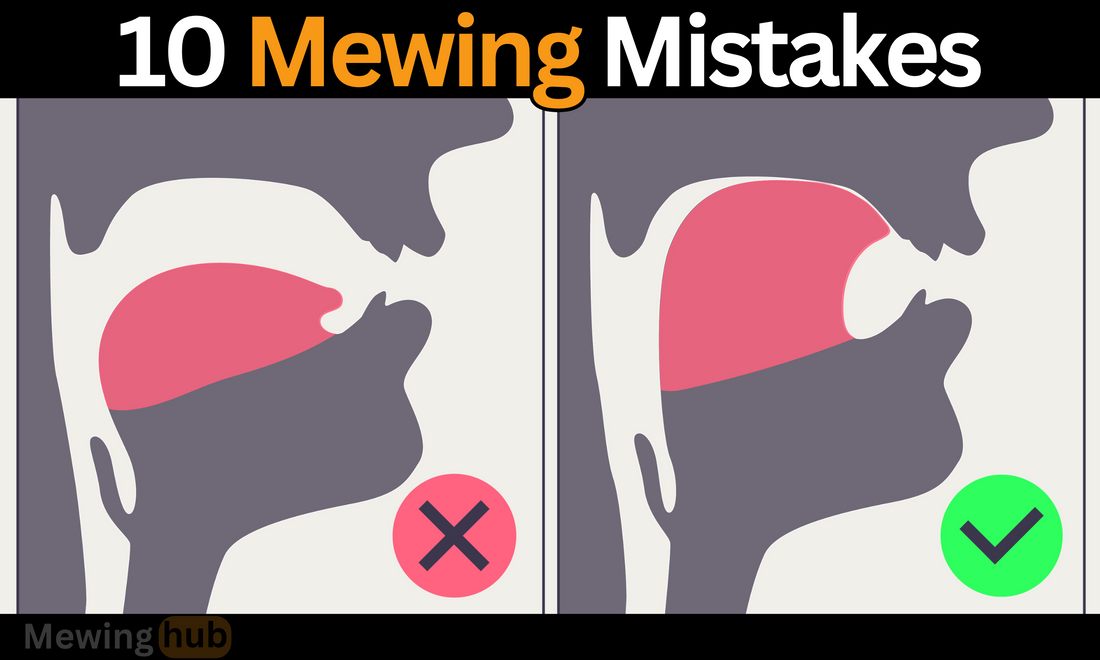
Share

1.)Inconsistency:
2.) Neglecting the Back Third of the Tongue
3.) Tongue Pushing the Teeth:

4.) Incorrect Swallow
5.)Poor Head and Neck Posture
6.) Neglecting Hyoid Muscles
The hyoid muscles play a crucial role in ensuring that your tongue touches the roof of your mouth effectively.
If the back of the tongue cannot reach the palate, flexing the hyoid muscles under the chin can assist in achieving the desired positioning.
This can be compared to the opposite of a yawn, contracting the neck muscles around the hyoid bone to facilitate upward movement.

7.)Nasal Breathing
Successful mewing requires breathing through the nose consistently. This is best achieved by maintaining a lip seal.

Some individuals may struggle with lip incompetence, preventing them from keeping their lips closed, which can impede proper mewing. A helpful tip for these individuals is to use mouth tape at night to ensure nasal breathing.
8.) Teeth Grinding (Bruxism)
Bruxism, or teeth grinding, can significantly hinder mewing progress. Central to mewing is ensuring that the teeth maintain light contact with each other. Grinding one's teeth can lead to dental damage and misalignments.
9.) Lack of Teeth Contact
On the opposite end of the spectrum from teeth grinding, some individuals allow their lower jaw to hang without touching the teeth.
Optimal facial structure is achieved when molars lightly touch, providing midface support, preventing sagging, and enhancing jaw structure. It is important to strike a balance, avoiding excessive force on the teeth.
10.) Underutilizing the Tongue
Effective mewing involves ensuring that the tongue is evenly spread across the roof of the mouth, touching the molars and the back end of the front teeth.
Avoid pushing the tongue forward excessively, as it can lead to excessive forward growth.
Depending on your mewing style, whether soft or hard, you should maintain a proper tongue position and occasionally use a suction hold. The latter is especially useful to ensure your entire tongue is engaged.
Takeaway
In addition to these ten reasons, several other factors can influence the success of mewing, including age, growth hormone and testosterone levels, chewing patterns, craniofacial dystrophy, and overall expectations.
Understanding these complexities can help individuals manage their expectations and develop a more comprehensive strategy for improving facial aesthetics through mewing.




